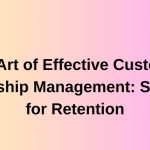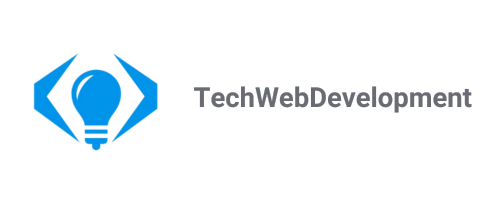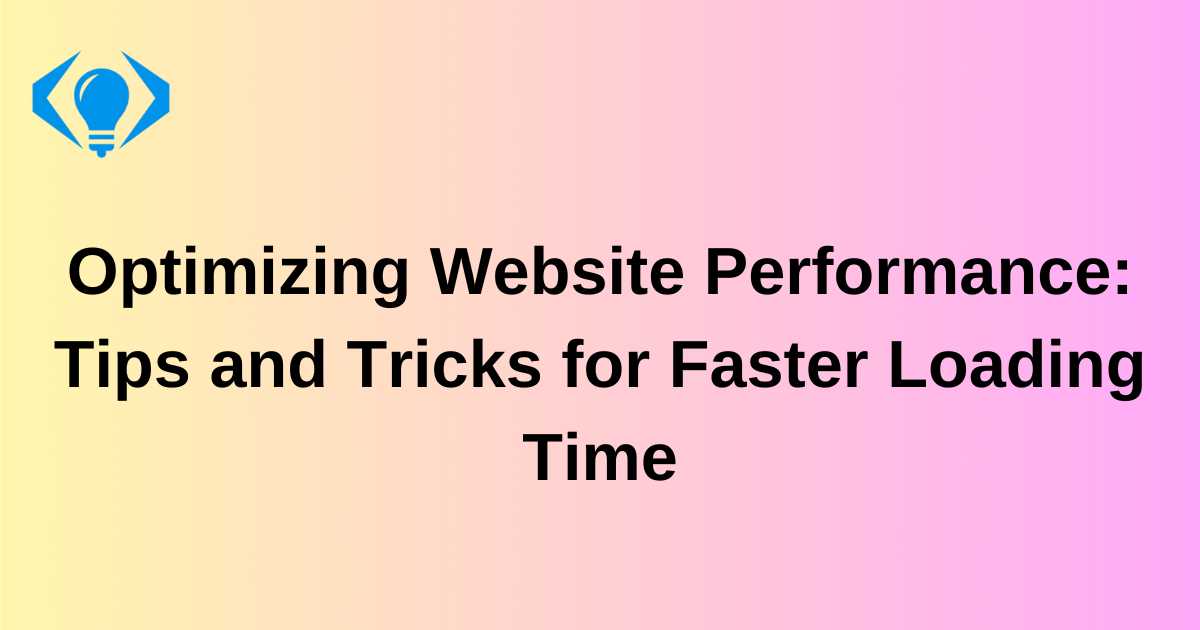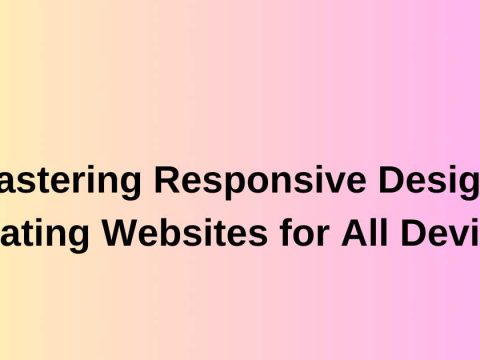
Strategies to Monitor Your Competition
December 27, 2022
The Art of Effective Customer Relationship Management: Strategies for Retention
February 22, 2023In today’s digital landscape, website performance plays a crucial role in delivering a great user experience. Slow-loading websites not only frustrate users but also impact search engine rankings and conversion rates. Therefore, optimizing website performance should be a top priority for web developers and site owners. In this comprehensive guide, we will explore various tips and tricks to help you achieve faster loading times and ensure an optimal browsing experience for your visitors.
1. Minimize HTTP Requests
Reducing the number of HTTP requests is one of the most effective ways to improve website performance. Each element on a web page, including HTML, CSS, JavaScript, images, and fonts, requires a separate HTTP request. Minimize these requests by combining and compressing assets whenever possible. Consider using CSS sprites to combine multiple images into a single file and utilize font icons instead of individual image icons.
2. Optimize Images
Images often account for a significant portion of a website’s total file size. Optimizing images can have a significant impact on loading times. Start by resizing images to the dimensions required by your website and compress them without sacrificing image quality. Tools like TinyPNG and JPEGmini can help reduce image file sizes without noticeable loss in quality. Additionally, consider using modern image formats like WebP, which offer superior compression and faster loading times.
3. Enable Browser Caching
Leveraging browser caching allows returning visitors to load your website faster by storing certain static resources locally. By setting an appropriate caching policy, you can specify how long browsers should cache your files. For static assets that rarely change, such as CSS and JavaScript files, you can set a longer caching duration. However, be cautious when using caching for dynamic content as it may result in outdated information being displayed.
4. Minify and Compress CSS and JavaScript
Minifying CSS and JavaScript files involves removing unnecessary characters like whitespace, comments, and line breaks. This reduces file sizes and improves loading times. Additionally, enable gzip compression on your web server to compress these files further before sending them to the browser. Tools like UglifyJS and CSSNano can automate the minification process, while web servers like Apache and Nginx have built-in support for gzip compression.
5. Use Content Delivery Networks (CDNs)
Content Delivery Networks (CDNs) distribute your website’s static assets across multiple servers worldwide. When a user accesses your site, the CDN serves these assets from the server closest to their location, reducing latency and improving loading times. Popular CDNs like Cloudflare and Amazon CloudFront offer easy integration and provide additional features like caching, DDoS protection, and SSL certificates.
6. Lazy Load Images and Videos
Lazy loading is a technique that defers the loading of non-critical elements, such as images and videos, until they are needed. By implementing lazy loading, you can significantly reduce the initial page load time. As the user scrolls down, the images and videos within the viewport are loaded progressively, improving the perceived performance of your website. Libraries like Intersection Observer can simplify the implementation of lazy loading.
7. Optimize CSS Delivery
Avoid render-blocking CSS that delays the display of your web page. Inline critical CSS directly into the HTML file or use the <style> tag in the document head. This allows the browser to render the page’s content without waiting for external CSS files to load. Load non-critical CSS asynchronously using JavaScript or defer its loading until after the page has finished rendering. This approach prevents CSS from blocking the initial page load and improves perceived performance.
8. Eliminate Render-Blocking JavaScript
Similar to CSS, render-blocking JavaScript can delay the rendering of the page. Identify and prioritize critical JavaScript that is necessary for the initial page load and move it inline or defer its execution. For non-critical JavaScript, load it asynchronously or defer its loading until after the page has rendered. This technique ensures that the page loads quickly and becomes interactive as soon as possible.
9. Optimize Server Response Time
A slow server response time can significantly impact website performance. Optimize your server-side code, database queries, and server configuration to minimize response times. Implement caching mechanisms, use efficient algorithms, and ensure your server infrastructure can handle the expected traffic. Regularly monitor server performance and identify bottlenecks using tools like New Relic or GTMetrix.
10. Monitor and Test Website Performance
Continuously monitor and test your website’s performance to identify areas for improvement. Tools like Google PageSpeed Insights and GTmetrix provide detailed reports on various performance metrics and suggest optimizations. Regularly run performance tests to measure loading times, analyze network requests, and identify potential bottlenecks. This data will help you make data-driven decisions and fine-tune your website for optimal performance.
Conclusion
Optimizing website performance is crucial for delivering a fast and seamless browsing experience. By implementing the tips and tricks mentioned above, you can significantly improve loading times, reduce bounce rates, and enhance user satisfaction. Minimize HTTP requests, optimize images, enable browser caching, and compress CSS and JavaScript files to reduce file sizes. Consider using CDNs for global asset distribution and lazy loading techniques to defer non-critical content loading. Prioritize critical CSS and JavaScript to eliminate render-blocking resources, and optimize server response time to ensure efficient data retrieval.
Regularly monitor and test your website’s performance to identify areas for improvement and stay up-to-date with best practices in web performance optimization. Remember, a faster website not only benefits your users but also positively impacts search engine rankings and conversion rates. Invest time and effort in optimizing your website’s performance, and reap the rewards of a lightning-fast browsing experience for your visitors.




